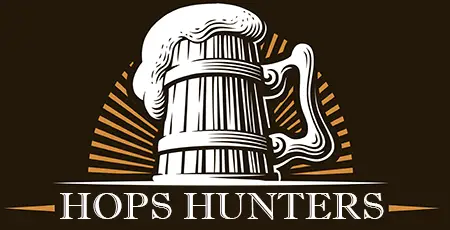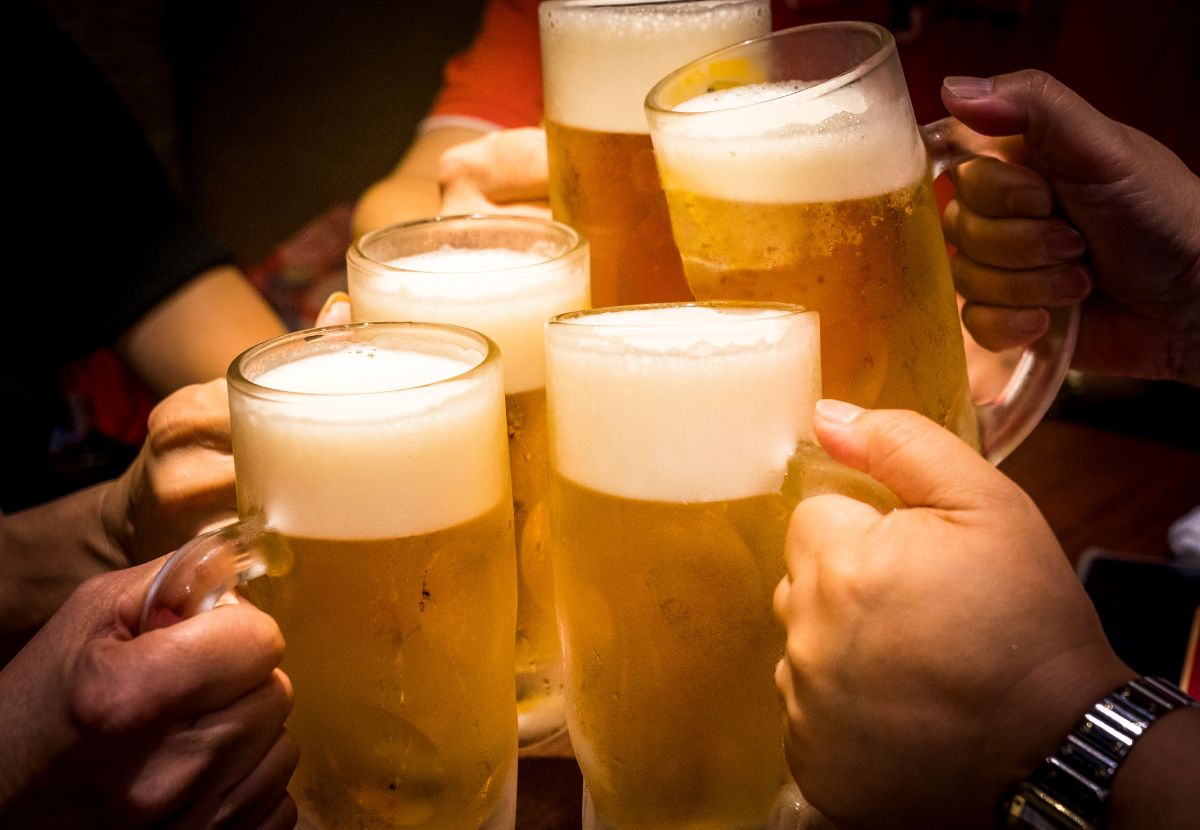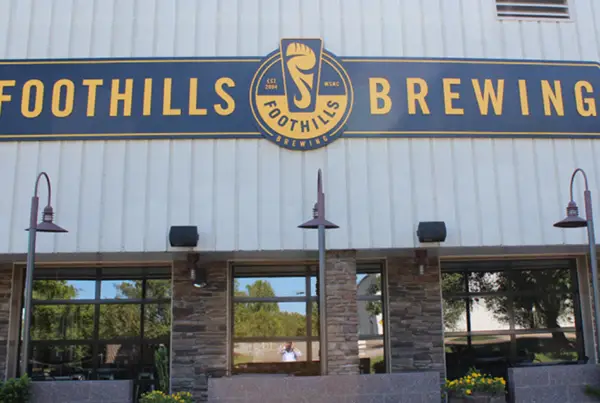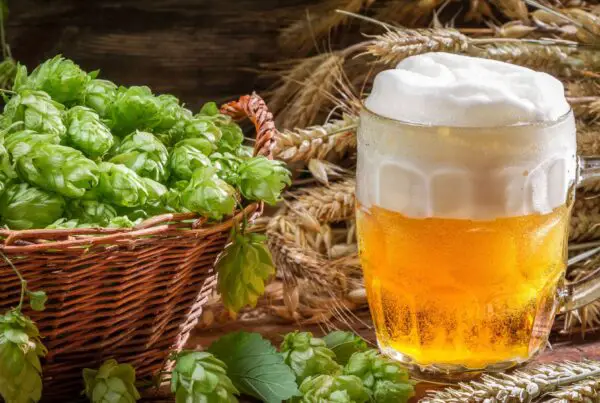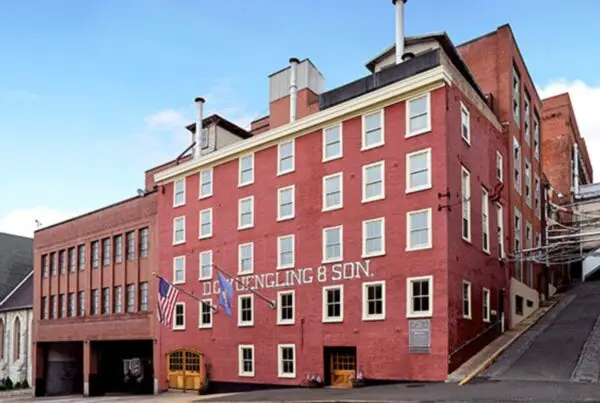What Makes a Beer a Saison? (And What Do They Taste Like?)
Ever looked at a saison beer and thought, “What’s the deal with you?” Well, grab a seat (and a saison if you’ve got one)—because in this article, we explore the fascinating origins of this distinctive Belgian beer style, explain its unique features, and guide you through the brewing process that brings this farmhouse ale to life.
We’ll go over saison beer ingredients, yeast strains, and even how they compare to other popular beer styles like IPAs and sour beers.
The Reason for the Saison (Origin & History of Saison Beers)
Saison beers have their roots in the French-speaking regions of southern Belgium. Contrary to popular belief, they were brewed on small farms during the winter months rather than the summer.
But come summer, farm workers (often referred to as “saisonniers”) would eagerly crack open these brews for some much-needed refreshment.
This practice evolved due (in part) to the availability of different ingredients and localized brewing traditions, resulting in a wide range of flavors within a single style, and allowing farmers to make productive use of their time and resources during the winter. However, the primary reason for winter brewing of saisons was that the cooler beer storage temperatures greatly reduced the risk of bacterial infection.
While the roots of saison can be traced back to Belgian farms, its journey took a significant detour during the mid-20th century…
The Saison Revival After World War II
After the upheaval caused by World War II, the European beer industry had to rebuild itself from the ground up. This was no small feat, as many breweries had been closed, merged, or destroyed—leading to vastly reduced selection in the styles of beer available throughout the European continent. But none of that stopped the saison from making a comeback.
In the decades following the war, small breweries began to reopen and experiment with traditional brewing methods once again. Local and international interest in artisanal and craft beers played a role in reviving the saison, as consumers sought out beverages with unique and authentic characteristics.
Today, saison breweries exist not just in Belgium but in many other parts of the world—thanks to renewed interest in the style.
What Makes Saisons Different from Other Beers?
Saison beers, sometimes referred to as farmhouse ales, stand out for several reasons:
- High Carbonation – First, let’s talk bubbles. (Well, carbonation to be precise.) Carbonation refers to the bubbles that form when the beer is poured or sipped, contributing to the perception of “liveliness” in the mouth.
- Light Body – “Body” describes the texture or weight of the beer on your palate. A light body means that the beer feels less dense, making it more refreshing and easier to drink. (In other words, saisons are beers you can drink on a hot day in August and not feel like you’ve just swallowed a loaf of bread.)
Saison Beer Malt
Different malt types contribute to the beer’s light malt character. Pilsner malt provides a clean, grainy sweetness, while wheat malt adds a soft mouthfeel.
Yeast in Saison Beers
The unique yeast strains used in brewing saisons impart a variety of fruity and spicy notes. These flavors range from apple and pear to even hints of pepper, creating a complex (but enjoyable) taste experience. You never really know what notes you might get in each sip, but you know it’s going to taste good.
Brewing Saison Beers: From Ingredients to Your Glass
Just like any good beer, the brewing of a saison starts with quality ingredients. Traditional recipes often focus on water, barley malt, and hops. In a mash tun, water and malted barley undergo saccharification to produce wort.
Afterwards, specific hop varieties are added to provide bitterness and aroma. While the hops used vary from recipe to recipe, noble hops like East Kent Goldings and Saaz can be used to impart subtle bitterness and floral, earthy notes. (Their lower alpha acid content also ensures that they don’t overpower the complex flavors created by the yeast strains during fermentation.)
Once this is complete, the wort is boiled and cooled, ready for the yeast to start the fermentation process.
Some modern saison beer recipes feature “exotic” flavor enhancers/adjuncts—some examples would be cane sugar or orange peel—but these are not traditionally fundamental to the saison style. Historically, the ingredients would be more reflective of what was available on the farm where the beer was brewed.
Comparing Saisons to Other Beer Styles
Are saisons like IPAs? Or, are they more like sour beers? The truth is, when it comes to ingredients and brewing methods, saisons actually differ considerably from other styles.
Here are some of the key similarities and differences between saisons and other types of beer:
- IPAs: Hop-focused, contrasting with saisons’ balanced blend of hops, malt, and yeast.
- Sour Beers: Feature tartness from bacteria, unlike the yeast-driven complexity in saisons.
- Stouts/Porters: Malt-heavy and creamy, a stark contrast to saisons’ light, effervescent body.
- Lagers: Simple and clean, lacking the complex yeast profiles of saisons.
- Belgian Ales: Complex like saisons, but usually “richer” and less hop-focused.
- Wheat Beers: Light-bodied like saisons, but less complex due to different yeast strains.
The Last Drop
Saison beers are a product of their rich history, unique ingredients, and specialized brewing techniques. The core characteristics that define saisons remain consistent, making them a reliable—but still special—experience for beer experts and connoisseurs.
Whether they’re brewed in a rustic, timeworn barn or meticulously crafted in a state-of-the-art microbrewery, you’re guaranteed a consistent core of characteristics that make saisons an experience all their own.
